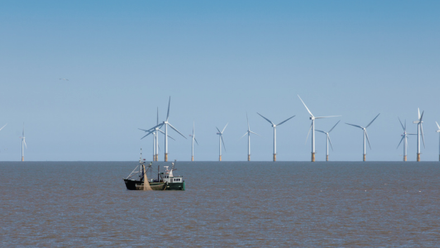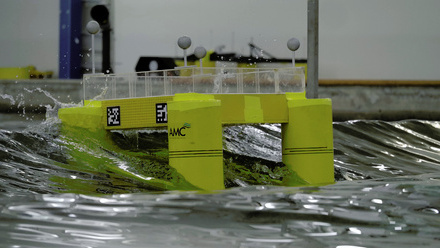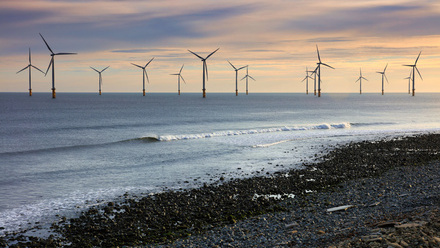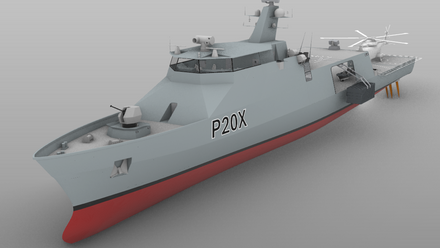Virtual world for offshore wind robotics
Deep dive into VDARE, which was created to fast-track the use of robotics and autonomous systems for offshore wind development.
“While roboticists are experts in developing their robotic systems, they can struggle to develop an accurate, visually representative, sophisticated, and inclusive data-rich simulation for performance testing of their system,” says Ken Chan, Business Development Manager for the DARE Centre at the Offshore Renewable Energy (ORE) Catapult.
“VDARE (Virtual Demonstration and Assessment for Robotic Environments) was created to provide developers with a simulation platform that they could plug and play with, so roboticists could focus on developing and improving their own systems without worrying about creating a simulation platform to test in.
As experts within the offshore renewable energy sector, we were best suited to build an offshore simulation platform that represented the offshore world.”
Chan says that there are four main aims of VDARE: “To allow operators and developers to build confidence in robotic solutions before live offshore trials, to accelerate deployment of autonomous systems for inspection, maintenance, and environmental monitoring, to support robotics innovation for offshore wind by reducing risk, cost, and barriers to entry.
“And to promote the development and improvement of robotic systems throughout all Technology Readiness Levels (TRL) from early system testing and proof of concept to later system improvement.”
A realistic simulation
“VDARE allows companies to test, validate and accelerate the deployment of robotics in a range of offshore wind environments,” continues Chan. “This includes floating offshore wind platforms, fixed bottom wind turbines, and harbour and dockside operations. The technology realistically simulates wind, wave and sea conditions, environmental parameters such as wind speed and wave height, and a multi-robot communications system.”
A huge amount of work has gone into ensuring that the digital environments that have been built truly reflect the real-world conditions that robotic devices would face in the development and maintenance of offshore wind farms.
“Access to real life environmental data allows developers to test and refine autonomous systems at earlier stages, improving reliability and reducing risk. This capability supports safer, low-intervention deployment at scale and plays a vital role in advancing dependable offshore operations as part of the wider energy transition,” Chan confirms.
The main challenges faced with any simulation platform are the technical complexity in hydrodynamics and physics realism. A further challenge lies in the integration with diverse robotic systems which are usually resolved by catering to a specific type of robot system.
“Building integration pathways to every unique robot system is time consuming and challenging in the long run,” confirms Chan.
But with respect to the difficulties facing developers, Chan says that the simulation platform can help developers by simulation testing (to de-risk early-stage and advanced TRL developments, reducing costs while improving reliability), offer robotics developers realistic digital testing environments aligned with offshore wind operational needs, and avoid expensive offshore trials which are weather-dependent, and logistically challenging.
Tell us what you think about this article by joining the discussion on IMarEST Connect.
Image: illustration of VDARE in action. Credit: Offshore Renewable Energy (ORE) Catapult.






